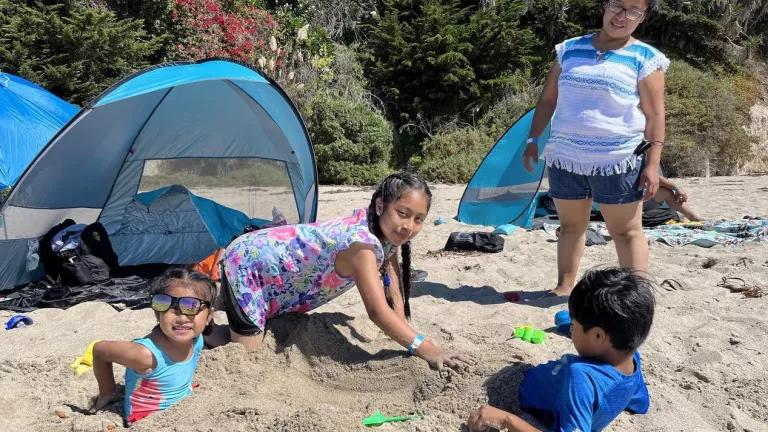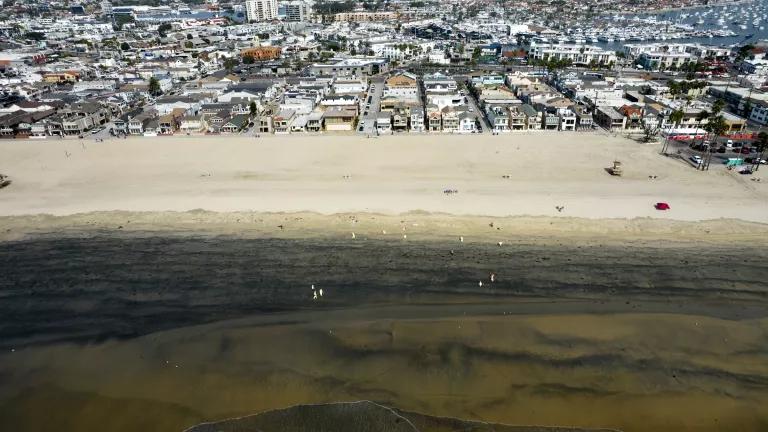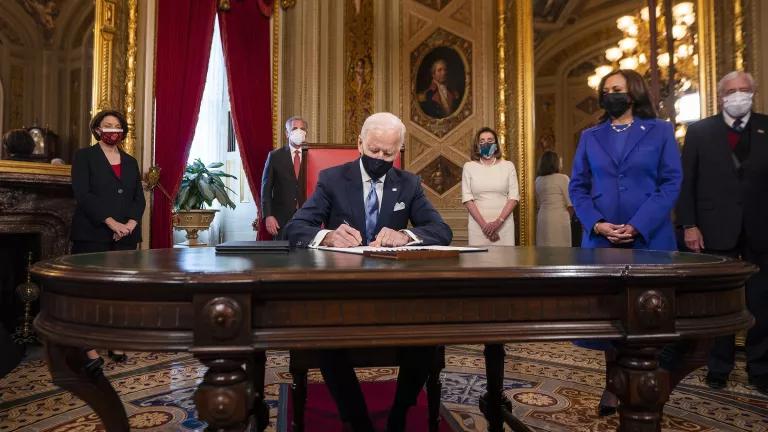The Human Toll of Illegal Fishing

The fish on your dinner plate may have been caught by slaves. But there are steps we can take to stop forced labor in the seafood industry.
The term IUU fishing refers to illegal, unreported, and unregulated fishing practices. For those who are aware of IUU fishing, these practices are already linked to a host of ills: depleted fish populations, damage to marine habitats and ecosystems, and the problems associated with bycatch, to name just a few. But recently it’s become clear that IUU carries with it another steep cost. In developing countries around the world—and especially in Southeast Asia, where such practices are common—IUU fishing has become an engine of slavery.
It’s estimated that IUU-fished seafood accounts for as much as 30 percent of the global seafood harvest. Southeast Asia presents an especially troubling situation. There, severely overfished waters in the Gulf of Thailand have made it almost impossible for vessels to operate in their historic fishing grounds; since 1961, in fact, the average catch per unit effort—a measure of a fishery’s abundance—in Thai waters has plunged 81 percent. In the early 1960s, trawlers fishing in the Gulf of Thailand had a catch per unit effort of 300 kilograms (kg) per hour. By the 1990s, harvests had shrunk to 20–30 kg per hour. As a result, fishing operations have had to travel increasingly far out to sea—and remain there for much longer periods. Moreover, fisheries depletion raises the cost of fishing and exerts downward pressure on wages. Unsurprisingly, fewer and fewer people are willing to work under these conditions, which has led captains to resort to human trafficking in order to assemble their crews.
A stirring account of “seafood slavery” can be found in the new documentary Ghost Fleet, which details how Thailand’s fishing industry—which finds itself chronically short of about 60,000 fishermen each year—buys desperate workers from traffickers for a few hundred dollars apiece. Once they’ve been placed on a boat, these men work for little or no money and are frequently beaten, starved, and imprisoned in cages. Many of them are at sea for months at a time; some remain there for years. The film chronicles the efforts of one activist in particular, Patima Tungpuchayakul, who has made it her life’s work to find these captive fishermen, free them, and expose the horrific system that has enslaved them.
Thailand’s billion-dollar fishery has helped make the country one of the world’s largest exporters of seafood, with its single largest market being the United States. Last year, the United States implemented a new Seafood Import Monitoring Program (SIMP) designed to keep IUU seafood out of the country. It’s a good start. But the rule, as written and implemented, doesn’t go far enough: There are too many gaps for IUU fishermen to squeeze through, too many species that have yet to make it onto the list of fish covered by the program, and—crucially—too many missed opportunities to address human trafficking. Despite the intertwined nature of these issues, the SIMP does not collect specific information relating to labor conditions that would allow U.S. agencies to screen seafood imports for risk of seafood slavery.

Because the United States is one of the largest seafood markets in the world, our decisions regarding what we will and won’t allow into the country are felt globally. And because IUU fishing and seafood slavery are mutually reinforcing, we can have an impact on the latter if we take steps to curb the former. One way to tackle both problems at once would be to close the gaps in the Seafood Import Monitoring Program and allow it to live up to its full potential by improving traceability mechanisms at every link along the supply chain. For instance, the SIMP could require a crew list, information about the duration of the ship at sea, and more details about the fishing operation. Also necessary would be to significantly ramp up detection efforts and controls at points of entry for imported seafood.
In the United States there are no points of entry bigger than the Ports of Los Angeles and Long Beach. These sister ports on the California coast account for nearly a third of all seafood imported into our country, and an even larger percentage of seafood that the National Oceanic and Atmospheric Administration deems to be at risk of IUU fishing. But the lack of human, on-the-ground inspection and enforcement capacity at these ports means that IUU products can flow through them more or less freely. Correctly believing that their seafood is unlikely to be confiscated once it reaches the States, boat captains and exporters have every reason to continue their fraudulent and inhumane practices. Adding more law enforcement officials to the ports, developing and installing better screening technologies, encouraging greater cooperation between federal and state agencies, and ensuring that all new personnel have received special training in detecting IUU-fished seafood would greatly increase interdiction rates and send a powerful message: We’re watching you. If this seafood seems shady in any way, we’re not buying it.
Taking steps such as these would benefit American seafood lovers, who could feel more certain that the fish on their dinner plate is not IUU fish caught by slave labor. But the biggest, most direct, and most immediate benefit would be felt by those who have suffered for years due to the confluence of greed, unsustainable practices, and inhumanity. Through consumer awareness, we can shine a light on the reality of seafood slavery. We must apply pressure on our policymakers to take more ambitious steps to stifle the flow of IUU-fished seafood and pressure seafood harvesters and exporters to change their ways. Then—and only then—will the sea change occur.




